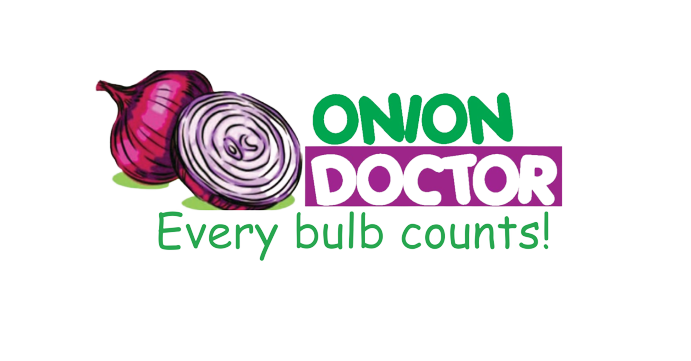Mastering Onion Farming in Kenya: A Comprehensive Guide by Onion Doctor

Are you in need of in-depth knowledge on onion and garlic production? If yes, we are a call away. Our service chatter includes: Onion seedlings, Garlic seedlings, Farm planning services, Soil testing, Drip irrigation installation and maintenance, Agronomic support, Onion and Garlic value pack and Farm management. For free consultation, placing orders or booking a visit with an agronomist, please contact us via Call or what’s app +254703982228, Email: Info@oniondoctor.co.ke.
Onion Farming in Kenya: Preparation and Fertilizing:
Onions require full sun, good soil drainage and soil rich in nitrogen. Choose a location that gets plenty of direct sun and where your onion plants will not be shaded by other crops. Onions grow best on raised beds or raised rows at least 4 inch high and 20inch wide. Pull and remove all visible weeds. The soil should be loose and crumbly. If it’s compacted, work in compost to improve aeration and drainage. Onions are heavy feeders and require consistent feeding to produce big solid bulbs. At planting time, prepare the soil first with compost and also work in a good source of granular, high nitrogen fertilizer. As plants grow and begin to bulb up, plan to supplement feed every few weeks with a high nitrogen.
Onion Farming in Kenya: Watering Water thoroughly after planting and regularly thereafter – onions require about 1 inch of water per week and the closer to harvest, the greater the need for regular watering. They have shallow roots, so don’t let the soil at the base of the plants become dry and cracked. If an onion plant fails to receive enough water, it will not make a large bulb. Overwatering is equally problematic – if leaves develop a yellow tinge, cut back on watering. Drip irrigation is a good way to stay on top of onions water needs and helps discourage foliar diseases. When bulbs are mature, the onion tops will begin to fall over. At this point, stop watering and let the soil dry out before harvesting. We the Onion Doctor , has best high quality drip irrigation kit, at a very competitive price depending on your land acreage. Reach to us for a quote and guidelines on how to set up the drip lines.
Onion Farming in Kenya: Planting Rows should be made 12-18 inches apart. If you want the onions to grow to mature bulbs, plant them 4-6 inches apart and 1inch deep (and no deeper, as this will inhibit their ability to bulb). If you prefer to harvest some earlier as green onions, space them 2 inches apart and pull every other onion during the growing season, leaving the rest to grow to maturity. When the ground starts to crack as the onions push the soil away, the bulbing process has begun. Stop fertilizing at this point. Do not heap soil up around the bulbing onions; it’s normal and beneficial for much of the onion bulb to be above the ground as they mature.
Onion Farming In Kenya: Weeding: Weed control is especially important early in the growing season to prevent competition for nutrients. When the onions start to bulb up, push the mulch back so that they get good air circulation.
Onion Farming in Kenya: Pest and disease control: The most common conditions that affect onions are blight, purple blotch and thrips. They are caused by fungus and are more common during periods of high moisture. Blight appears as small white spots surrounded by a greenish halo. Purple blotch causes a purplish discoloration of leaves. Proper plant spacing helps increase air flow and reduces both blight and purple blotch. Thrips are sucking insects that sometimes attack onion plants, causing the leaves to turn grey or silvery. Thrips are barely visible as tiny yellow or dark specks about 1 mm long. Organic controls for thrips include safer soap or Pyrethrin. They can hide in weeds, so be sure to weed your garden patch after harvest and control weeds in the onion bed throughout the growing season.
Onion Farming in Kenya: Harvesting: Proper treatment at harvest maximizes the amount of time you’ll be able to store your onions. When the tops of the onions turn brown or yellow and fall over, it’s time to harvest. Ideally, the plant will have about 13 leaves at this point. Pull the onions early in the morning on a sunny day and shake off excess soil. Dry the onions in the sun for two days. To prevent sunscald, lay the tops of one row over the bulbs of another.
Onion Doctor supports small holder farmers across Africa with quality and affordable Onion and Garlic seedlings, Onion seedlings, Farm planning services, Soil testing, Drip irrigation installation and maintenance, Agronomic support, Onion and Garlic value pack, Farm management, E-extension and on-farm training for farmers to optimize on yields and get maximum profits.
